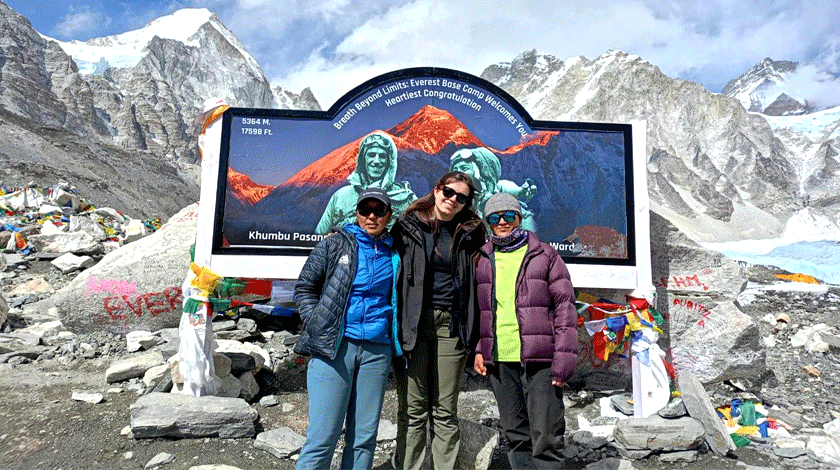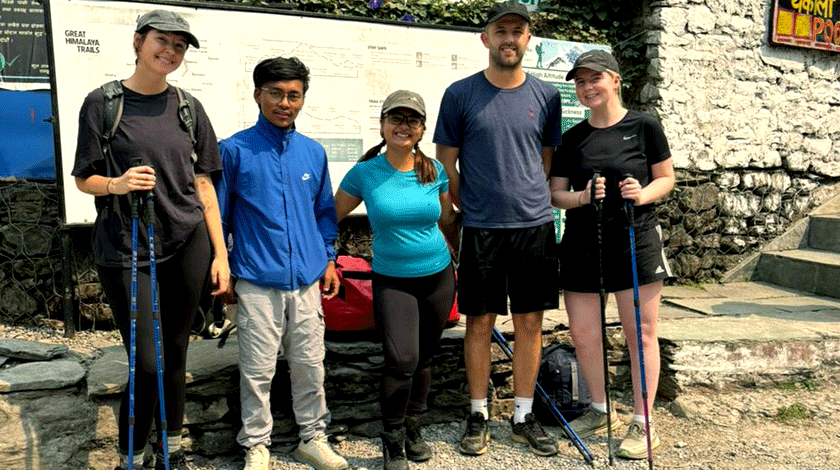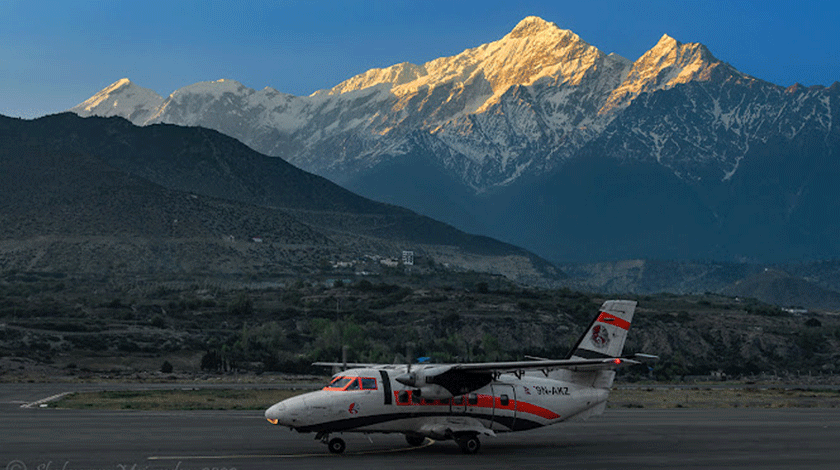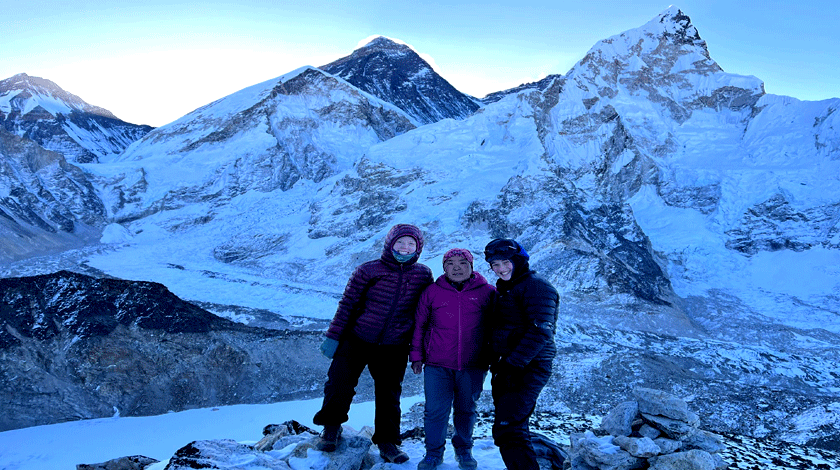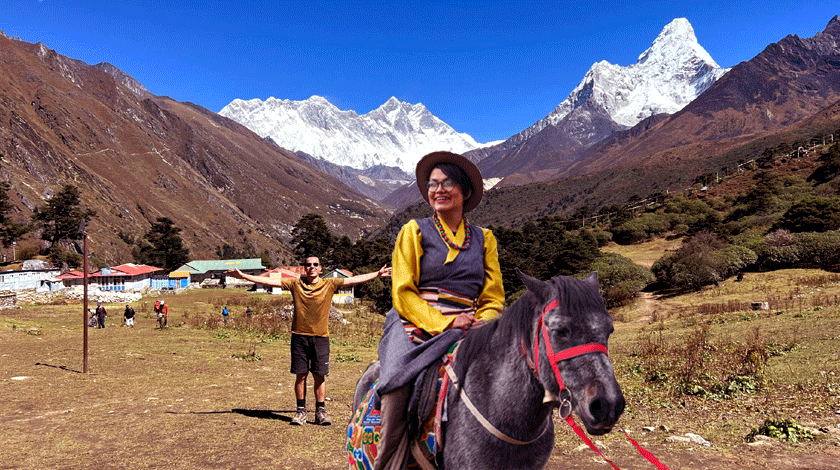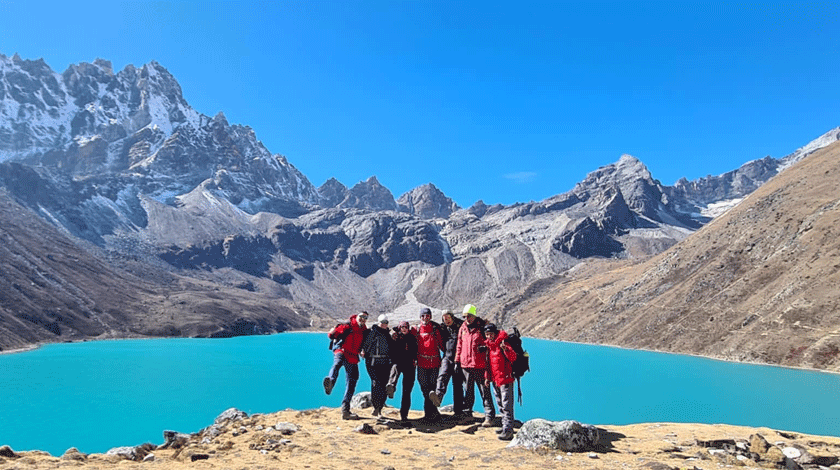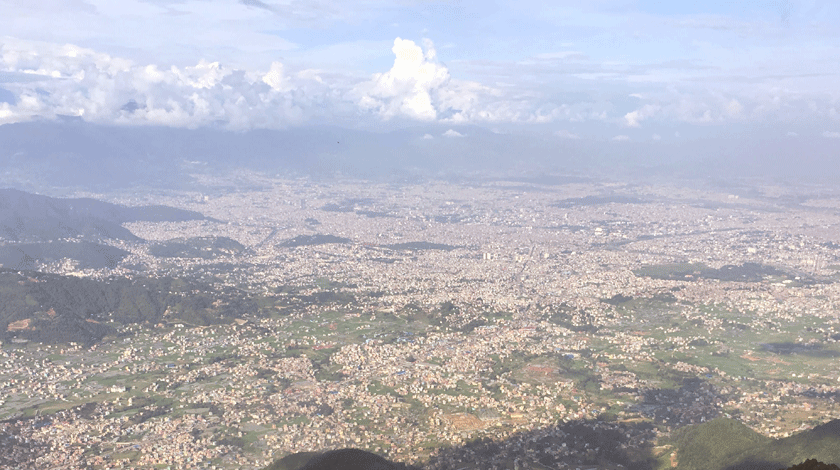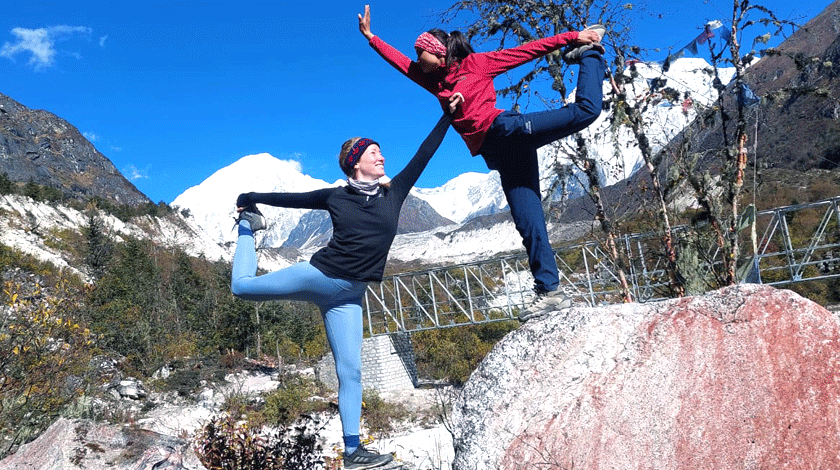Ganesh Himal Trek
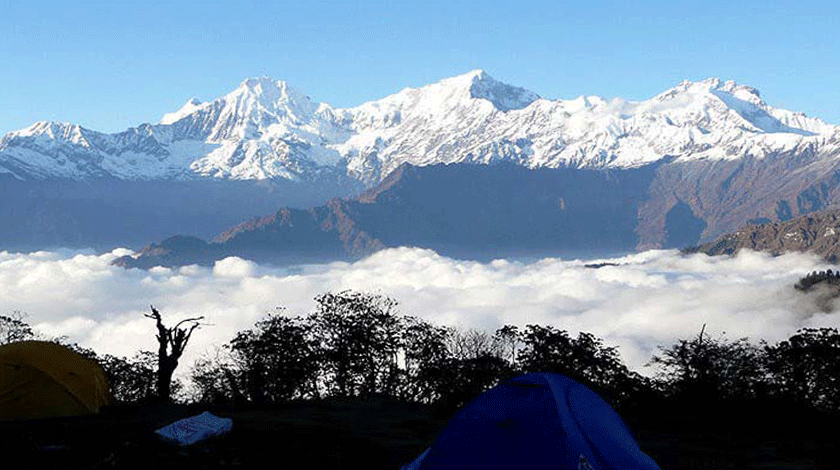
Introduction to Ganesh Himal:
Ganesh Himal located in the Rubi Valley rural municipality, located in the Dhading district of the Bagmati Province lies in the Northern central part of Nepal and some parts are located on the Tibetan border. The range derives its name from the Hindu deity Ganesha, often depicted in the form of an elephant. The Trisuli Gandaki valley to the east serves as a natural boundary, separating the Ganesh Himal from the Langtang region. On the west, the Budhi Gandaki Valley and the Shyar Khola Valley delineate the Ganesh Himal (7,422 m) from the Sringi Himal and Mansiri Himal ranges (home to Manaslu).
Trekking Experience in Ganesh Himal:
Trekking in the Ganesh Himal region of Nepal is an extraordinary adventure that takes you through some of the most breathtaking landscapes and culturally rich communities in the Himalayas. This lesser-known trek offers a unique opportunity to explore the remote valleys, dense forests, and towering peaks of the Ganesh Himal range, providing an immersive experience in both natural beauty and cultural heritage.
Majestic Views and Passes:
The Ganesh Himal trek typically begins with a scenic drive from Kathmandu to Syabrubesi, a vibrant village nestled in the Langtang region, Syabrubesi is also the gateway to Langtang Valley trek. From Syabrubesi, trekkers set out on a multi-day journey that winds its way through picturesque villages, terraced fields, and lush forests, gradually ascending into the heart of the Himalayas. The Ganesh himal trek can also start from the Arughat whereas Arughat is also the gateway to Manaslu circuit trekking.
As you embark on the Ganesh Himal trek, you’ll be immediately struck by the awe-inspiring views of the Ganesh Himal range, with its majestic peaks soaring into the sky. The snow-capped summits of Ganesh I, II, III, and IV create a dramatic backdrop for your trekking adventure, providing countless opportunities for photography and contemplation. Also, you can enjoy close-up views of Langtang, Bouddha Himal, Hiunchuli, and other peaks of the central Himalayas. The Ganesh Himal trek also includes crossing the Singla Pass and the Pangshang la Pass offering exhilarating experiences amidst stunning mountain vistas.
Cultural Immersion:
One of the most remarkable aspects of the Ganesh Himal trek is the opportunity to immerse yourself in the rich cultural tapestry of the region. The trek follows the Tamang Heritage Trail, a cultural trekking route that showcases the traditional way of life of the Tamang people, one of Nepal’s indigenous communities. Along the trail, you’ll encounter ancient monasteries, Buddhist stupas, and traditional Tamang settlements, where you can interact with locals, learn about their customs and traditions, and experience firsthand the warmth of Nepalese hospitality.
Village Life and Accommodations:
The villages along the Tamang Heritage Trail offer a glimpse into a way of life that has remained largely unchanged for centuries. The traditional architecture, colorful prayer flags fluttering in the breeze, and the rhythmic chants of Buddhist mantras create an atmosphere of tranquility and spiritual harmony. Trekkers have the opportunity to stay in local teahouses, and homestays, where they can enjoy hearty meals of dal bhat (rice and lentils), momos (dumplings), potatoes, and other traditional Nepalese dishes, prepared with care and generosity by their hosts.
Pristine Natural Beauty:
As you trek deeper into the Ganesh Himal region, you’ll be surrounded by pristine natural beauty at every turn. Dense forests of rhododendron, pine, and oak trees cloak the mountainsides, providing habitat for a diverse array of flora and fauna. Along the trails, you may encounter colorful birds, elusive Himalayan wildlife such as red pandas and musk deer, and the occasional yak or mule train carrying supplies to remote villages.
Trekking Challenges and Rewards:
The trekking routes in the Ganesh Himal region offer a variety of challenges and rewards for trekkers of all levels of experience. From gentle ascents through terraced fields and rhododendron forests to steep climbs over high mountain passes, each day brings new vistas and experiences. Trekkers can choose from a range of itineraries, depending on their preferences and time constraints, with options for shorter, more accessible treks or longer, more challenging expeditions to remote Garesh Himal Base Camps and high-altitude lakes Kalo Kunda and Seto Kunda.
Traditional Practices and Interactions:
One of the highlights of the Ganesh Himal trek is the opportunity to witness firsthand the traditional practices of the local communities, which are deeply rooted in the rhythms of nature and the cycles of the seasons. Depending on the time of year, trekkers may have the chance to participate in local festivals, religious ceremonies, or agricultural activities such as planting and harvesting crops. These interactions provide a deeper understanding of the Himalayan region’s interconnectedness of people, culture, and landscape.
As you reach higher elevations, the landscape of the Ganesh Himal region takes on a more rugged and austere beauty. Alpine meadows dotted with wildflowers give way to rocky terrain and glacial moraines, as you approach the base camps of some of the region’s highest peaks. Trekkers may encounter snow and ice at higher altitudes, adding an element of challenge and adventure to the journey.
Importance of safety measures and acclimatization:
Throughout the Ganesh Himal trek, safety is paramount, and trekkers are encouraged to acclimatize properly, stay hydrated, and listen to their bodies. Before starting Ganesh Himal trekking hiring an experienced guide or joining a trekking group can provide valuable support and local knowledge, ensuring a safe and enjoyable experience in the mountains. Trekkers should also be prepared for changing weather conditions, which can range from clear skies and sunshine to rain, snow, and high winds, especially at higher altitudes.
Ideal Trekking Seasons in Ganesh Himal:
During spring (March to May), the weather is mild, with clear skies and blooming rhododendron forests, adding to the scenic beauty of the trek. The temperature is comfortable for trekking, and the days are longer, allowing for more exploration.
Autumn (September to November) is another excellent time to trek in Ganesh Himal. The weather is stable, with clear skies and pleasant temperatures, making it ideal for trekking. The views of the mountains are usually crystal clear during this time, providing stunning panoramic vistas.


